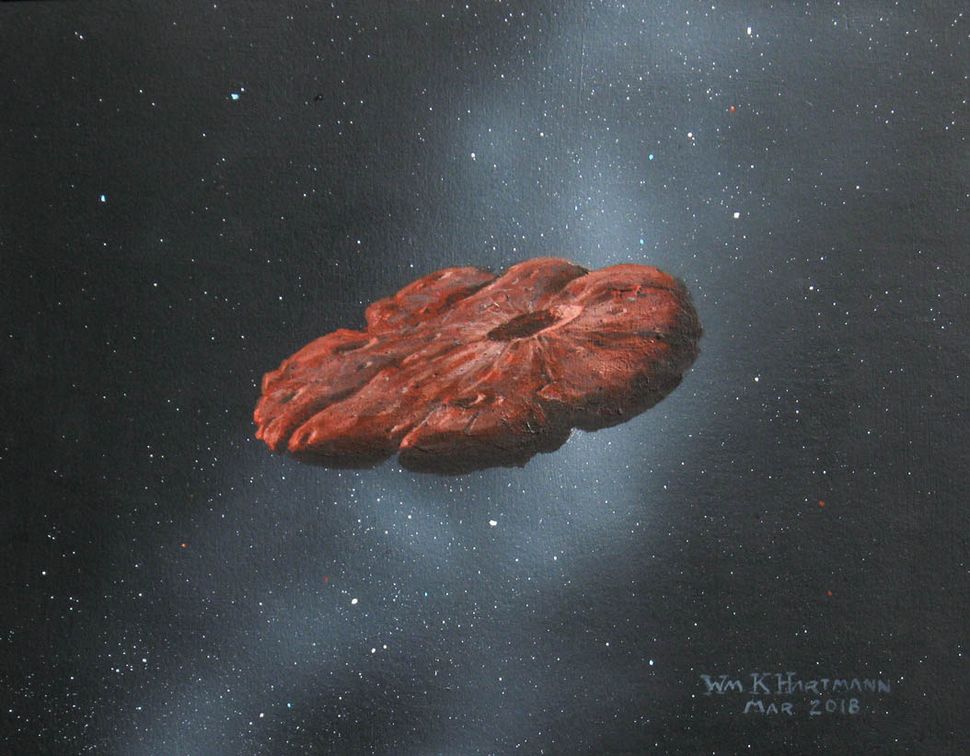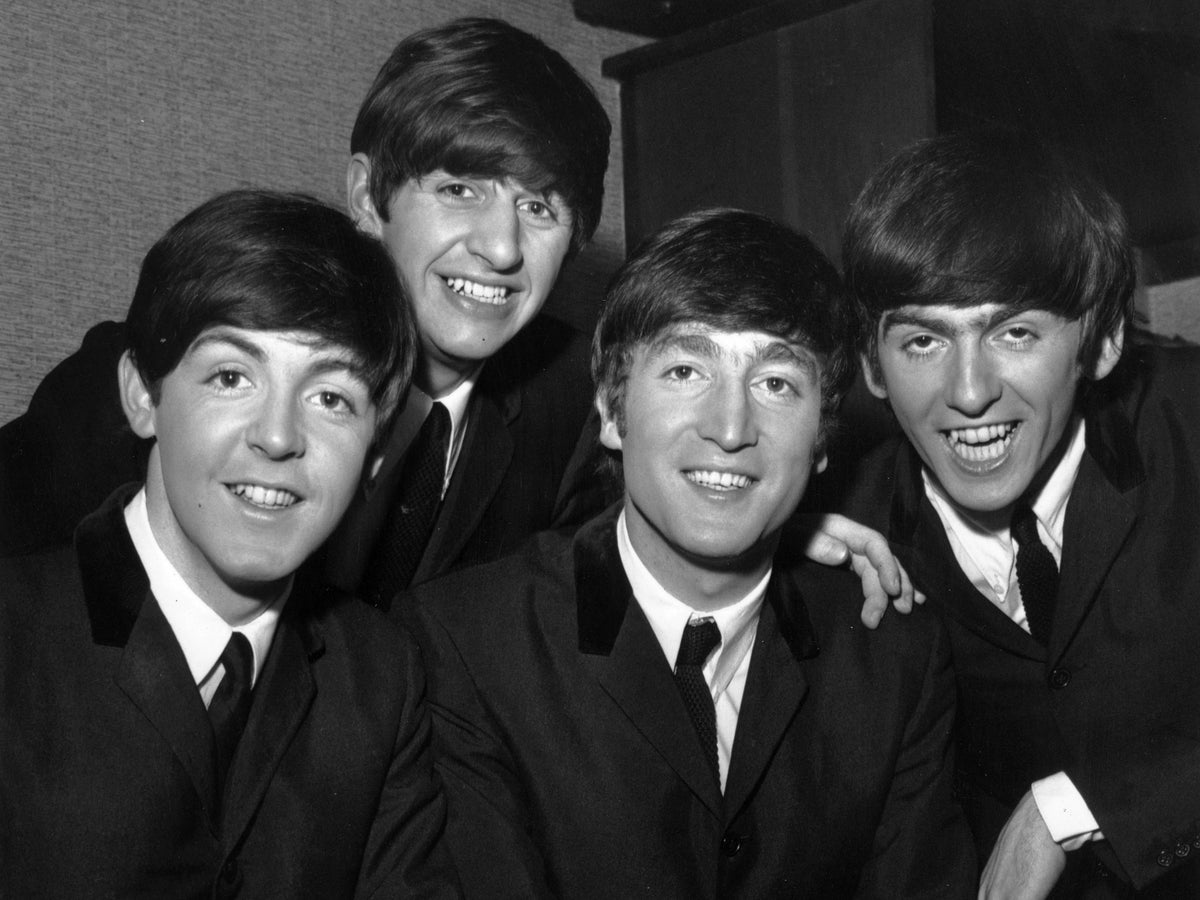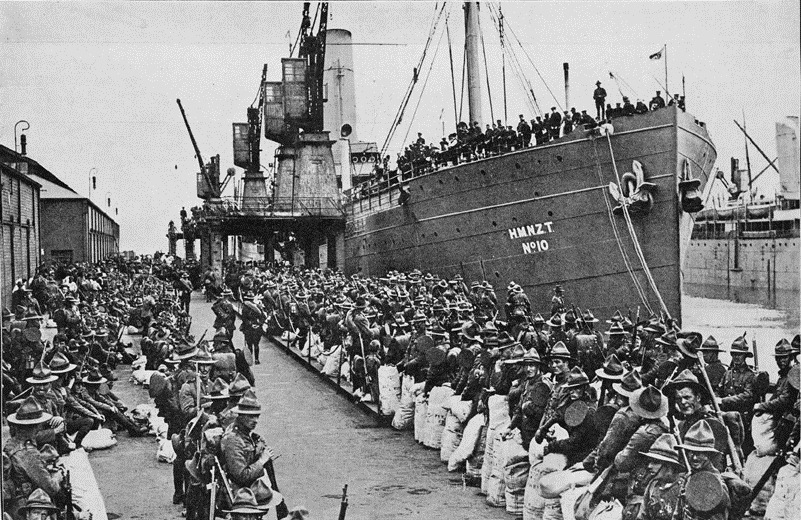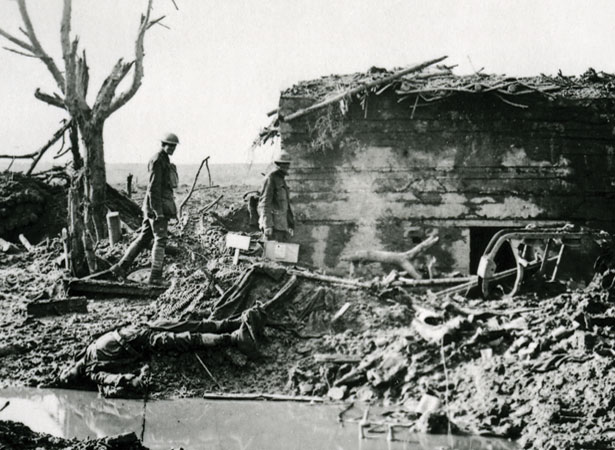This was a place I shared my learning up to December 2021.From 2022 onwards I used a different blog platform.
Wednesday, March 31, 2021
Anti-Vietnam Song: Woodstock - Music Through Time | Social Studies
Making Salts II | Science
Welcome to another post on my blog. Today, we did an experiment about making salts, again.
Aim: To produce copper sulfate salt by reacting copper oxide with an acid.
Equipment:
- Copper oxide powder
- (0.5 mol L-1 sulfuric acid
- 50 mL measuring cylinder
- 2 100 mL beakers
- Element (hot plate)
- Heatproof mat
- Funnel
- Filter paper
- Thermometer
- Spatula
- Evaporating basin
- Stirring rod
- Add 20 mL of sulfuric acid to a 100 mL beaker. Heat the acid using the element (hot plate) until it reaches 70°C. Turn off the element.
- Once heated, use a spatula to add pea-sized portions of copper oxide to the beaker. Stir the mixture for 30 seconds.
- Repeat step 2 until no more will disolve. Allow the beaker to cool.
- Fold the filter paper and place it in the funnel. Place the filter funnel into the second beaker.
- Make sure the beaker is cool enough to hold at the top. The contents should still be hot. You may need your teacher to complete this step.
- Gently swirl the contents of the beaker to mix, and then pour into the filter paper in the funnel. Allow to filter through.
- Rinse the beaker you used to heat to mixture previously, and place it back on top of your tripod filed with 50-60 mL of water.
- Place the evaporating basin on top of the beaker and carefully pour some of the solution from the beaker into the evapourating basin.
- Gently heat the beaker until the solution in the evapourating basin has reduced by half.
- Leave the evaporating basin to cool. Once cool, move the evaporating basin to a warm place where it will not be disturbed (i.e. a window-still) and observe over the next few days. Blue copper sulfate crystals should form.
Tuesday, March 30, 2021
Making Salts | Science
 |
| © Getty Images |
- 50ml and 200ml beakers
- HCl (Hydrochloric acid)
- NaOH (Sodium chloride)
- 25ml measuring cylinder
- A glass string rod
- Spotting tile
- Pipette
- Universal indicator solution
- Element (Hot plate)
- Heatproof mat
- Using the measuring cylinder, measure 10ml of HCl and pour it into the 50ml beaker.
- Add a few drops of NaOH at a time while stirring with the glass rod.
- Every 10-15 drops, stop adding the NaOH and use the pipette to transfer a drop of the solution to the spotting tile. Test its pH using the Universal indicator.
- Keep adding NaOH and test the solution by repeating step 3. As you get closer to netural you may need to test the solution after every drop.
- After reaching neutral (green), then put the beaker on top of an element at a high temperature.
- Leave the element on until the liquid has been evaporated and leaves salt.
Friday, March 26, 2021
ʻOumuamua - Reflection Section | Wānanga
 |
| An artist's concept of the 'Oumuamua interstellar object as a pancake-shaped disk. A new study suggests it was once part of a Pluto-like exoplanet. Image credit: William Hartmann Credit: https://cdn.mos.cms.futurecdn.net/PLTqNJsjSMfYFzKvtRY6rc-970-80.jpeg |
Perspectives - Beatlemania: Music Through Time | Social Studies
Welcome to another post on my blog. Last week, we started a new topic in the Music Through Time unit: Beatlemania. We completed a blog post about a Beatles song, I did it about the song, "I Want to Hold Your Hand". For this post, we had to look at two perspectives for the Beatles tour of New Zealand - for and against the tour.
For Tour:
The youth of New Zealand were for and happy with the tour of the Beatles. They were fans and were crazy about the Beatles songs. More than 3 000 excited fans, mainly girls, gathered at the airport, and at least 4 000 at the Hotel St George, where the Beatles were staying. The girls screamed on seeing their idols.
The songs of the Beatles and their contemporaries (including the local Beatles pastiche, Ray Columbus and the Invaders, with their huge hit "She's a Mod") were listened to by a generation of youths who felt that they were suddenly liberated from many of the inhibitions of their parents, and who believed that only they knew how to enjoy themselves properly.
Against Tour:
The parents, the older generation, were against the Beatles tour because their songs were inappropriate, about sex and drug use.
Some were on religious and traditional views who saw the Beatles leading to sin and trouble making. They protested with many signs.

Thomas Pearce, an Auckland politician said, "I welcomed home of footballers. There were all fine young men, but there was no civic or mayoral reception for them. If we are going to pander to the hysteria, antics, adulation, rioting, screaming, and roaring and all the things these bewigged musicians engender, then I think we should make a point of honouring any youths with a sporting background who are at least endeavouring to act in the best traditions of the young men of this nation."
Tuesday, March 23, 2021
Setting: Activity 1 | English
Thursday, March 18, 2021
"I Want to Hold Your Hand" - Beatlemania: Music Through Time | Social Studies
Welcome to another post on my blog. Today, we started a new topic in the Music Through Time unit, 'Beatlemania'. We looked at the social revolution between the 1950s and 1970s where the youths of that time protested restraint and lack of freedom. Also, we saw videos of the songs of The Beatles and the mental and madness of young women of The Beatles, this was called 'Beatlemania' - a term during the 1960s to describe the fan wildness and madness behaviour towards The Beatles during their early years of success.
 | |
| The Beatles | Genius at work: (from left) Paul McCartney, Ringo Starr, John Lennon and George Harrison in 1964 (Getty) Credit: https://www.independent.co.uk/arts-entertainment/music/beatles-best-albums-ranked-abbey-road-anniversary-paul-mccartney-john-lennon-a9108756.html |
The music I chose was 'I Want To Hold Your Hand', written by John Lennon and Paul McCartney in Jane Asher's basement. She was an actress and girlfriend of Paul McCartney.
The song "I Want to Hold Your Hand" was improved by the time the Beatles came to the studio on 17 October 1963 to record it.
The song was played on a Washington D.C. radio station (before released in America) by a DJ who got the record from a female flight attendant. It was a huge hit with his listeners. Capitol Records threatened to seek a court order banning airplay of "I Want to Hold Your Hand", which was already being spread to a couple of DJs in Chicago and St. Louis until the Beatles appeared on The Ed Sullivan Show. That threat was ignored, and the Capitol came to a conclusion that they released the song two weeks ahead of schedule on 26 December 1963.
The song was a hit on both sides of the Atlantic, in America, it sold more copies in the first ten days than any other Beatles single sold in the UK. In the first three days, the song had sold a quarter of a million copies.
"I Want to Hold Your Hand" was different from music from the 1940s and everything changed; long hair, weird dance moves, sexualised lyrics, and drug use.
The music in the 1940s was dull and simple, not talking about romance and love. It was simple songs.
Here is the lyrics to the song, "I Want to Hold Your Hand";
Oh yeah, I'll tell you somethin'
I think you'll understand
When I say that somethin'
I want to hold your hand
I want to hold your hand
I want to hold your hand
Oh please, say to me
You'll let me be your man
And please, say to me
You'll let me hold your hand
Now, let me hold your hand
I want to hold your hand
And when I touch you
I feel happy inside
It's such a feelin' that my love
I can't hide
I can't hide
I can't hide
Yeah, you got that somethin'
I think you'll understand
When I say that somethin'
I want to hold your hand
I want to hold your hand
I want to hold your hand
And when I touch you
I feel happy inside
It's such a feelin' that my love
I can't hide
I can't hide
I can't hide
Yeah, you got that somethin'
I think you'll understand
When I feel that somethin'
I want to hold your hand
I want to hold your hand
I want to hold your hand
I want to hold your hand
Wednesday, March 17, 2021
Making Indicators | Science
- Red cabbage
- Large beaker
- Small beaker
- Cloth
- Water
- Glass stirring rod
- Element
- Heatproof mat
- 5 Test tubes
- Test tube rack
- 3ml Pipette
- Hydrochloric acid (HCl)
- Sodium Hydroxide (NaOH)
- Chop the cabbage into small pieces until you have enough to fill half a beaker.
- Place the chopped cabbage in a large beaker and add water to cover the cabbage.
- Boil over an element until the water starts boiling and bubbling.
- When the water starts bubbling a lot, turn off the element and leave the large beaker to cool on top of the element.
- Once the beaker has stopped bubbling, using a cloth, place the large beaker on the heatproof mat from the element.
- Using a glass stirring rod, tip the liquid into the small beaker leaving the red cabbage in the big beaker.
- Put 5ml drops of hydrochloric acid into one test tube and 5ml of sodium hydroxide to the other test tube.
- Using a pipette, place 5ml of the cabbage indicator into two test tubes.
- Record and observe the colour change.
Tuesday, March 16, 2021
Famous Female Role Model | Wānanga

Writing Our Own Narrative Opening | English
Monday, March 15, 2021
The Battle of Passchendaele - Reflection Section | Wānanga
 |
| Soldiers pictures during the First World War's battle at Passchandaele. Credit: PA Credit: https://www.telegraph.co.uk/news/0/happened-battle-passchendaele/ |
Saturday, March 13, 2021
The Haka: Ka Mate — Music Through Time: ANZAC | Social Studies
Ka mate, ka mate! ka ora! ka ora! | 'Tis death! 'tis death! (or: I may die) 'Tis life! 'tis life! (or: I may live) |
Thursday, March 11, 2021
Show Don't Tell | English
Tall skyscrapers, covering the sky, leaning and looking up
Sarah tears slowly tearing down waiting for someone to meet her.
Overjoyed Sarah running towards him got swung up in the air.
The gleaming blue lake was surrounded by towering glaciers.
Significance of WW1 - The Last Post — Music Through Time | Social Studies
Saturday, March 6, 2021
Critical Literacy - Extension | English
- The intended audience. Who is this ad targeting? Age? Gender? Nationality? People with particular interests? Etc.
- What the ad implies about the product (it may not SAY it makes you more attractive and a better dancer, but does it imply that?)
- How does the ad make the audience feel?
- One Direction Pepsi Commercial with Drew Brees
- Garret Ryan & Maxwell Perry Cotton - Jif Peanut Butter Commercial (2006)
- Old Spice | The Man Your Man Could Smell Like
- NEW Dream Liquid Mousse - Maybelline Commercial - Adriana Lima
Friday, March 5, 2021
Creative Writing Reflection | English
 |
| Credit: Monash University https://www.monash.edu/rlo/assignment-samples/medicine-nursing-and-health-sciences/reflective-writing-and-critical-incidents |
Reflect on your learning about Creative Writing so far in English. Think back to our learning around Haiku, our discussion about what makes “good” creative writing, etc. What new things have you learned? How have you learned them? What activities in particular did you find enjoyable, interesting, or fun? What specifically was interesting to you, and why?
Haiku Poems
Looking back at the Haiku poems, I had to write four haiku poems which can be from one season or different seasons. I wrote about Summer. It was really fun making the poems.
My favourite poems are;
The ocean is bright
Spectacularly it shines
And shimmary too
I love summertime
The sun on the beach is warm
The water is cold
Sensory Language
This activity was the one which I liked and learnt the most. Sensory language is a paragraph or scene that connects the five senses without using the words: saw, heard, smelled, tasted, felt. I wrote about the lupin flowers which I saw on the trip from Christchurch to Queenstown.
Language Features
This was the first activity of the Creative Writing unit. This was also the one which I liked and learnt. In this activity, I had to choose three out of five language features that I had to write about - with their meaning and two examples. The three I wrote about was personification, anaphora and allusion. This was a fun and interesting activity to do.
Slam Poetry | English
Welcome to another post on my blog. Today, I completed another activity for the Creative Writing unit in English. This activity is about Slam Poetry. What we had to do was watch three or more videos of the previous New Zealand Slam Poetry champions.
The Slam Poetry task was:
Which was your favourite performance? Why?
Write two thoughtful opinions about your favourite piece and support these opinions with specific evidence (quotes) from the text (at least 2) in your discussion.
Out of the videos I watched, I liked the video from Sam Stokes named 'Place To Be'. This was New Zealand's 2014 National Poetry Slam Champion.
Ben Stokes explains about New Zealand as a Place To Be. He talks about the positive things about New Zealand and the Māori tribe, "warrior tribes we run through our veins on the inside". The history, Maui capturing the sun "fear the fire the first men stole from the sun". War, stating about the ANZACs and World War 1, how New Zealand bled for their spot in the world, "between the Aegean and the Black Sea we made an ally out of an old enemy this nation bled for its place in the world willingly as the Turk baptised in fire" and "great-grandparents who died on the beaches of Gallipoli against machine guns". Also, the tragic events which occurred, talking about the 2010 and 2011 earthquakes in Christchurch, "our army as students with spades in Christchurch Cathedral". This slam poetry mixes the tradition, history, and New Zealand in brief and who we are as New Zealanders, which turns back to the title, well, it is really a Place To Be.
ANZAC's To Gallipoli | Reflection Section
 |
| Credit: Wairarapa's World War Centenary Arawa in Wellington. Wellington Infantry Battalion men of the Main Body wait to board their home for six weeks. |
 |
| Credit: National Army Museum 'Gallipoli Peninsula. The Landing from HMT River Clyde April 25th 1915' |





